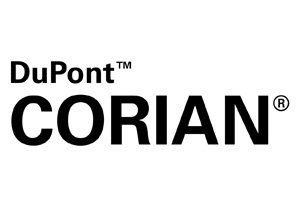Designing a kitchen is an exciting process, but it requires careful planning to ensure that the final result is both stylish and practical. From layout choices to material selection, small decisions can make a big impact on how well your kitchen functions in daily life. To help you avoid common mistakes and achieve the best possible outcome, here are the key do’s and don’ts of kitchen design.
The layout of a kitchen is crucial to its functionality. A well-planned kitchen makes cooking, cleaning, and socialising easier, while a poorly designed space can cause frustration. The kitchen work triangle—the relationship between the sink, hob, and fridge—should be kept efficient to allow for smooth movement.
Consider factors like:
A well-thought-out layout improves the flow of the kitchen and makes it a joy to use.
and interest to the space.
Storage is one of the most overlooked aspects of kitchen design. Many homeowners focus on aesthetics and forget that a kitchen must also be practical. Insufficient storage leads to cluttered worktops and limited space for essential items.
Avoid this mistake by incorporating:
A kitchen with well-planned storage will remain organised and efficient for years to come.
Kitchens experience heavy use, so selecting durable materials is essential. Worktops, cabinetry, and flooring should not only look great but also withstand daily wear and tear.
Recommended materials include:
Investing in high-quality materials ensures your kitchen stays in top condition for longer.
Lighting is often an afterthought in kitchen design, but it plays a key role in both aesthetics and functionality. Poor lighting can make food preparation difficult and reduce the overall appeal of the space.
A layered lighting approach works best, combining:
Good lighting enhances the usability and atmosphere of a kitchen.
Countertops are essential for meal preparation, serving, and even casual dining. A lack of counter space can make everyday tasks frustrating.
To ensure you have enough workspace:
An abundance of counter space makes a kitchen more functional and enjoyable to use.
Cooking creates heat, smoke, and odours, which can linger if proper ventilation is not in place. A high-quality extractor fan helps maintain air quality and prevents grease build-up on surfaces.
Options include:
Good ventilation keeps the kitchen fresh and comfortable.
Trends come and go, but a well-designed kitchen should last for many years. Making timeless choices will prevent the need for frequent updates.
Tips for future-proofing include:
A timeless kitchen design ensures long-term satisfaction and adds value to your home.
A well-designed kitchen is more than just a beautiful space—it’s a room that makes daily tasks easier, improves your home’s value, and lasts for years to come. By following these do’s and don’ts, you can avoid common mistakes and create a kitchen that is stylish, practical, and built to meet your needs.
If you’re planning a new kitchen and want expert advice, visit a showroom or speak to a professional designer to start creating your ideal space.










